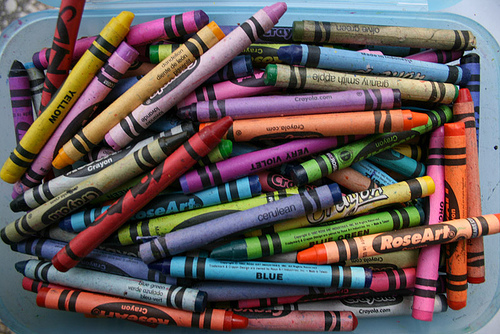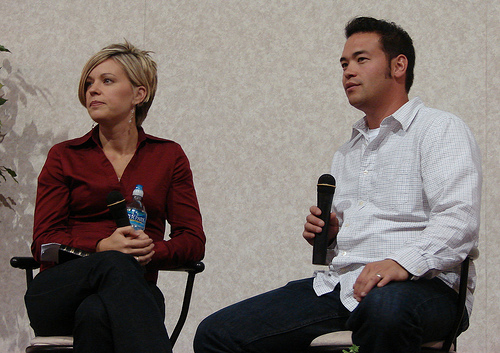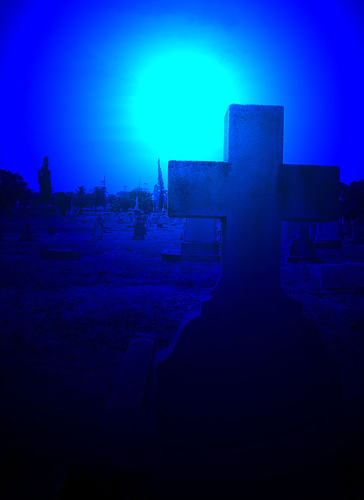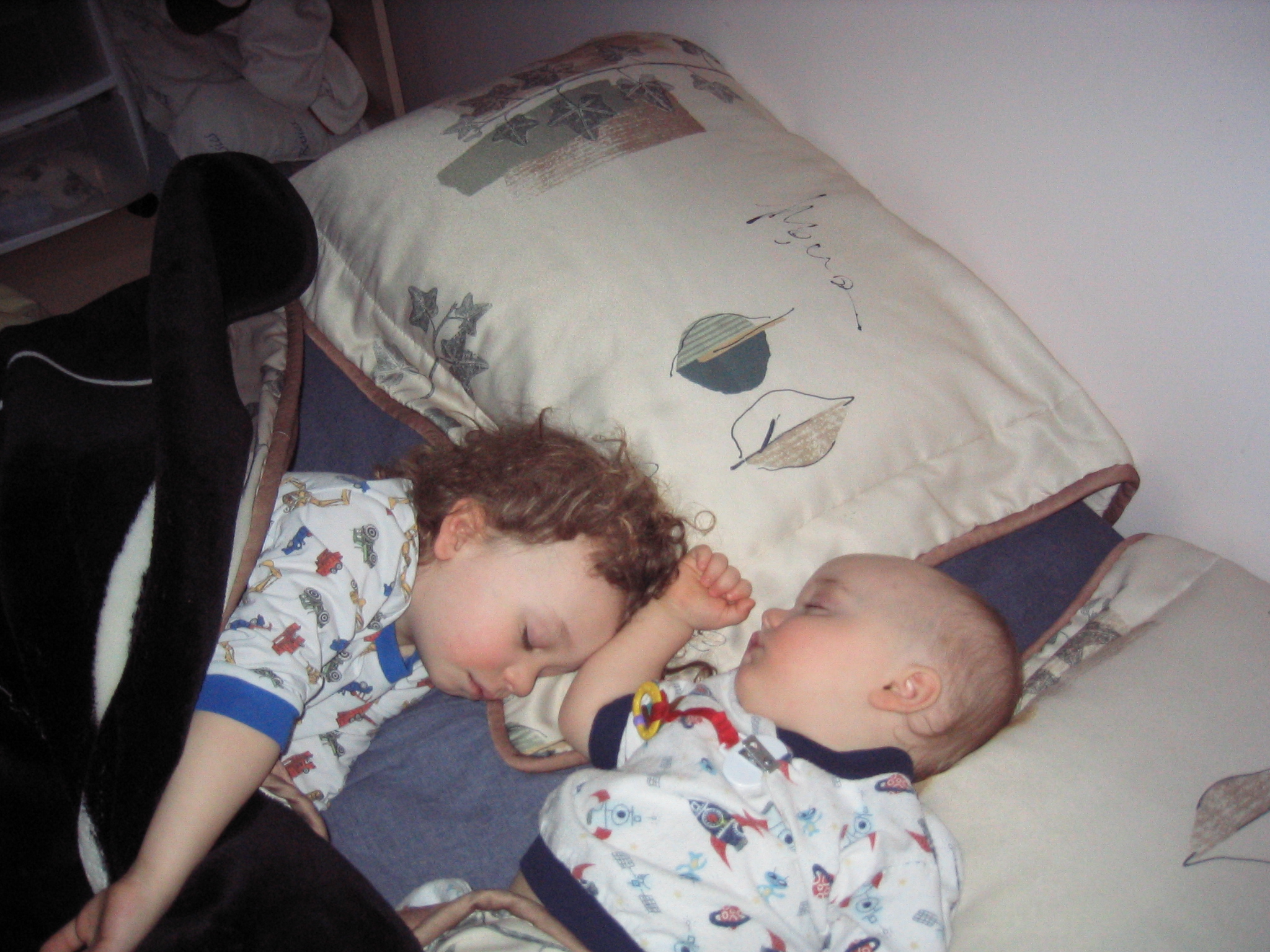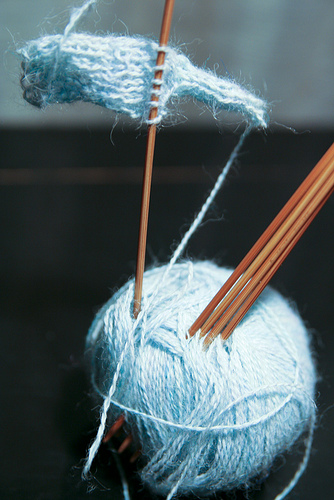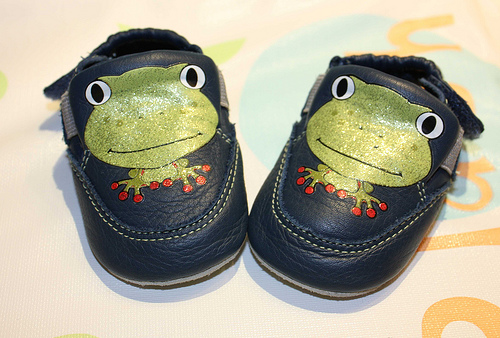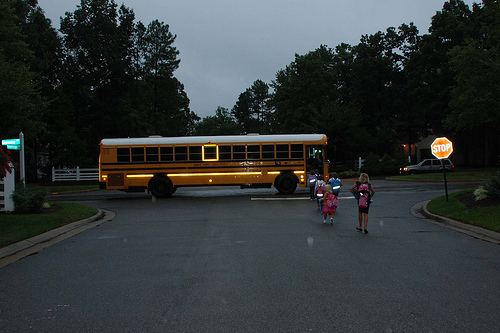 I’m a last-minute shopping kind of girl. Despite my annual promises to the contrary, I am still running around doing Christmas shopping at noon on Christmas Eve. While my husband greets family members as they arrive for our annual Christmas Eve dinner, I am upstairs frantically wrapping presents.
I’m a last-minute shopping kind of girl. Despite my annual promises to the contrary, I am still running around doing Christmas shopping at noon on Christmas Eve. While my husband greets family members as they arrive for our annual Christmas Eve dinner, I am upstairs frantically wrapping presents.
When it’s back-to-school time, I put myself through a variation of the same thing. It would make far too much sense to get the necessary shopping done early in the summer, when the stores are less crowded and the people are less manic. But instead, there I am, the day before Labour Day, scrambling to get shoes and backpacks for the kids. The only reason I don’t do my shopping on Labour Day itself is that nothing is open.
You’d think I’d know better. You’d think that I, special needs Mom, would take reasonable endeavours not to expose my autistic son to last-minute crowds of frenzied children and their equally frenzied parents.
But no. Try as I might, I just cannot seem to get myself into the stores until I absolutely have to. Either I have some kind of illness or I thrive on the pressure of last-minute shopping.
It therefore comes as no surprise that I found myself and my two boys in a shoe store on Sunday afternoon, along with every other family in the Greater Toronto Area. The kids’ feet were measured without incident, and then we started browsing the aisles for shoes that would fit them.
I started with George, just because the display of shoes his size happened to be right where we were standing. Initially, I had trouble distracting him from the girls’ display, where he had seen shoes with castles on them. Once I got him looking in the right direction, he picked out a pair of shoes that he wanted to try on. He put them on, and then, in a moment of verbal clarity that was utterly astonishing, he said, “The shoes are too small.”
While internally celebrating the fact that he had clearly verbalized a problem instead of simply melting down, I found the same shoes in the next size up. They fit, and George was happy.
While all of this was going on, James was walking down the aisle, removing shoes from their boxes and leaving them on the floor. My stern warning looks morphed into verbal reprimands that gradually increased in intensity and desperation. James’ innocent explanations that he was “just looking” did nothing to dissipate the cloud of dark thunder that was slowly but surely gathering above my head.
I succeeded in getting him to stop and put all of the shoes back in their boxes by threatening to take away his Bumblebee Car. He did, of course, cry and loudly declare me to be a Mean Mommy, but there you go. Sometimes a Mom’s gotta do what a Mom’s gotta do.
James ceased and desisted from crying when I told him it was his turn to pick out shoes. All of a sudden, I was the best mommy ever and he loved me “all the way up to space”. The Plight Of The Bumblebee was forgotten.
As we waded through masses of squiggly kids, I held firmly onto George’s hand. He was not having a meltdown, but he was visibly restless, and I could tell that he was itching to make a dash for it.
James picked out a pair of Lightning McQueen shoes and tried them on. I let go of George for a moment to help James with the Velcro strap, and just like that, George had taken off at the speed of light. Yelling at an assistant to keep an eye on James, I took off after my firstborn, dodging and leaping acrobatically over children. I flew after George into the stockroom as startled assistants looked up from their stockroom tasks. I finally caught up with him at the end of the stockroom. He only knocked down two large piles of shoeboxes. I crouched down and started picking up the shoes, but a kindly man with an Irish accent waved away my efforts and said he would take care of it. I apologized for the extra work we had caused, and he gently said, “Looks like you’re the one with the work, love”. He added that I should go and get myself a lovely cup of tea.
He was a nice, nice man.
Fortunately, James was sitting exactly where I had left him, and the Lightning McQueen shoes met with his approval. We paid for our purchases and left.
Calm gradually returned, and later that night, I took the advice of the kindly Irishman. Except instead of tea, I had wine.
Next year, I will do my back-to-school shopping at the beginning of summer.
(Photo credit: http://www.flickr.com/photos/8136496@N05/3900289380/. This picture has a creative commons attribution license.)





